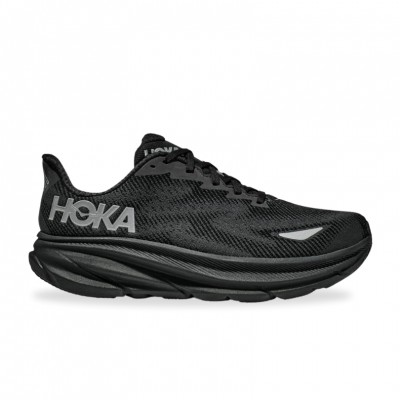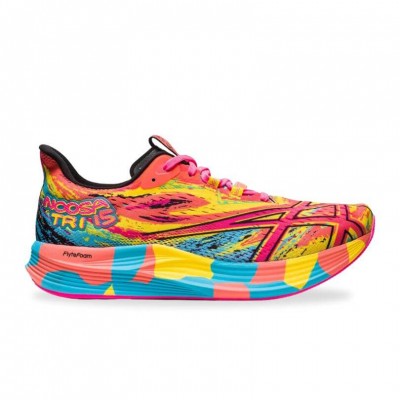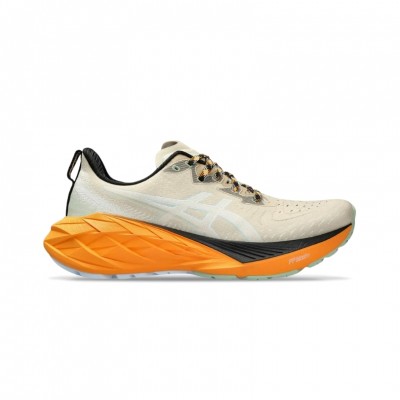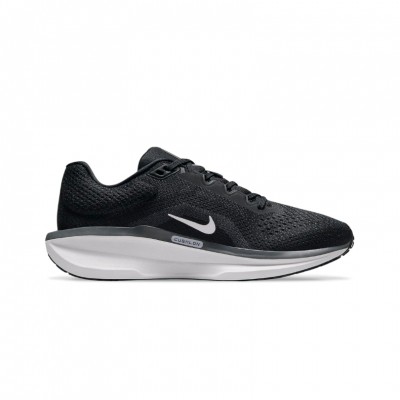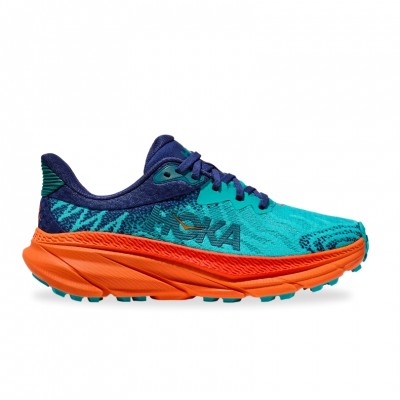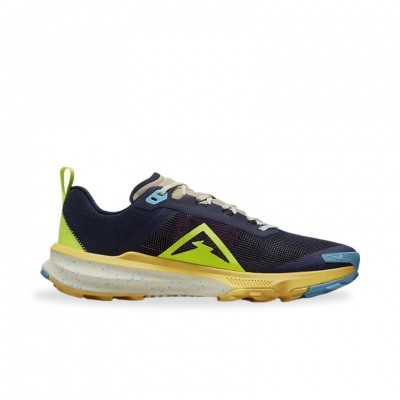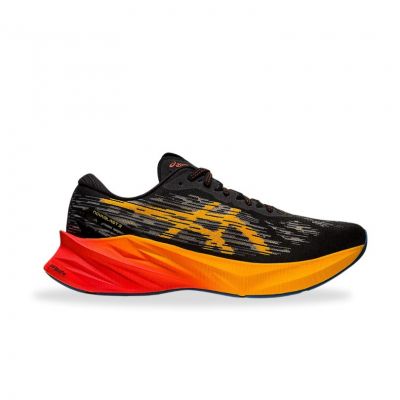From Runnea.com, we are well aware that we can not change running shoes every 3 or 4 months, but it is necessary to understand when a shoe has lost its properties and it is time to replace them. A shoe that no longer meets its cushioning, foot support or comfort properties has a direct impact on performance and injury prevention. So here is a detailed analysis with 8 key points, so you can understand when it is time to change your running shoes.
Not sure which running shoe to choose?
In a few simple steps we help you to choose the ideal running shoe for you
Go to the Shoe Finder1. Analyze the sole in detail
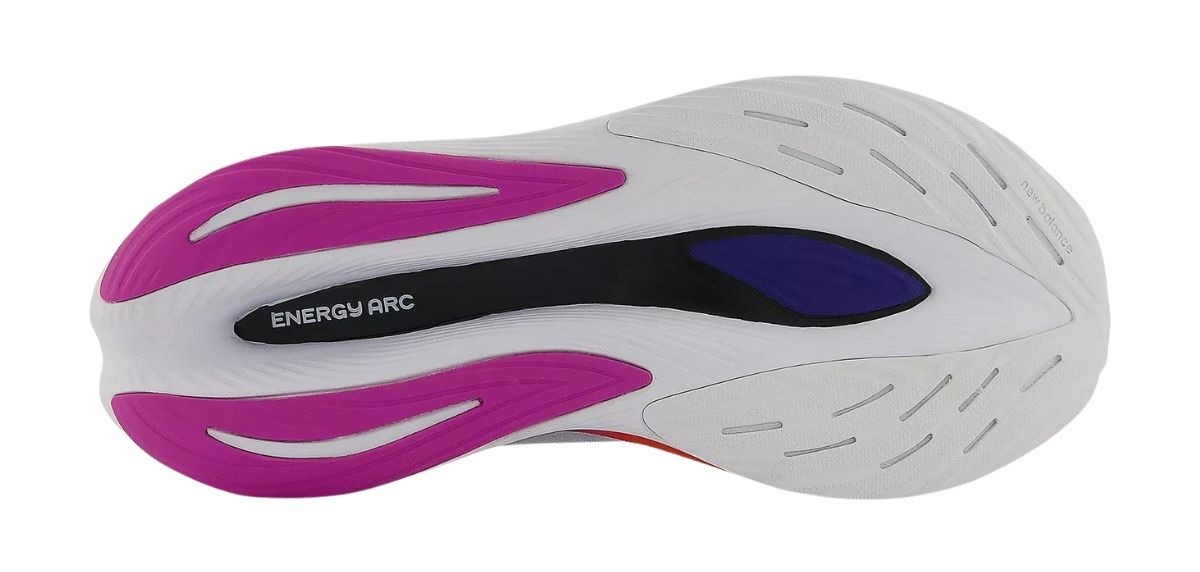
It is very important to evaluate the wear pattern of the sole, paying particular attention to areas such as the heel and forefoot. Excessive wear in these areas can decrease not only grip efficiency but also stability. The depth of the sole grooves is also a key indicator; a noticeable decrease suggests a reduction in traction capability.
- It is important to note asymmetric wear as it can be indicative of biomechanical problems, such as a pronator or supinator. This not only affects the durability of the shoe, but can also lead to injury if not properly addressed.
2. Midsole: Pay attention to the hardness of the compound
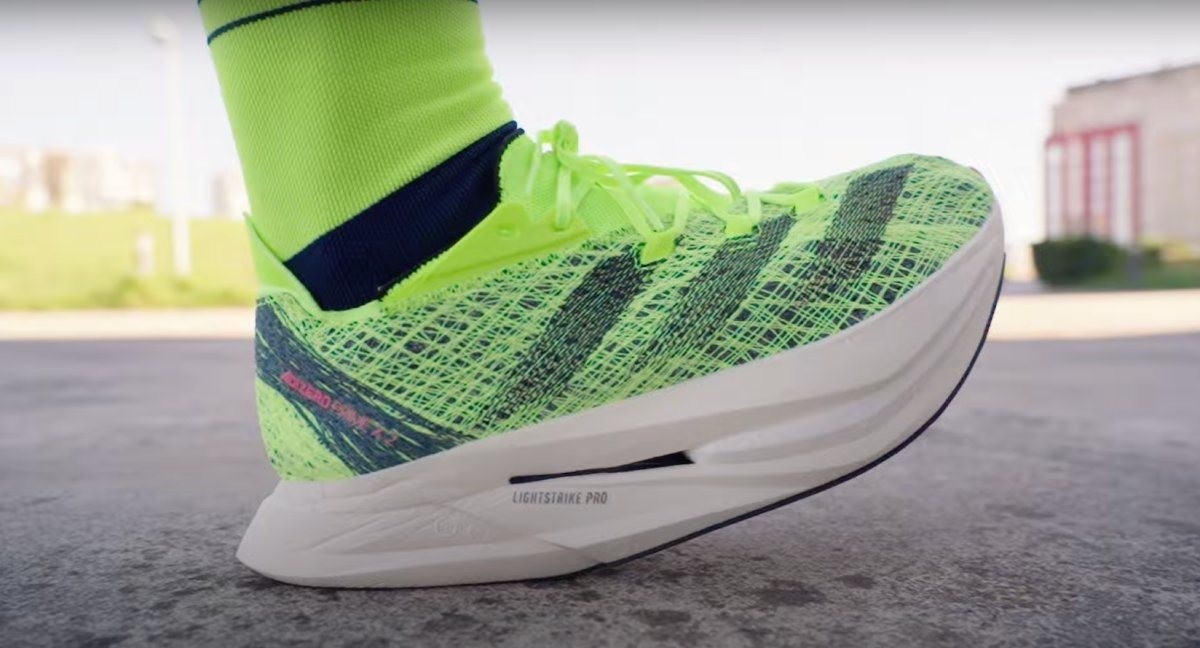
The midsole of the running shoe can be composed of different materials which in turn have different properties and durability. Look to see if the material has become compacted or shows signs of creasing, which usually indicates a loss of cushioning properties.
- Response and recovery: Perform pressure tests and observe how the material responds, if it feels harder. A midsole that does not recover its shape quickly or feels excessively hard to the touch has lost its essential functionality. If you have a durometer you can check the hardness of the midsole when you buy the shoes and analyze it over the months.
3. Upper: Breakage or loss of elasticity
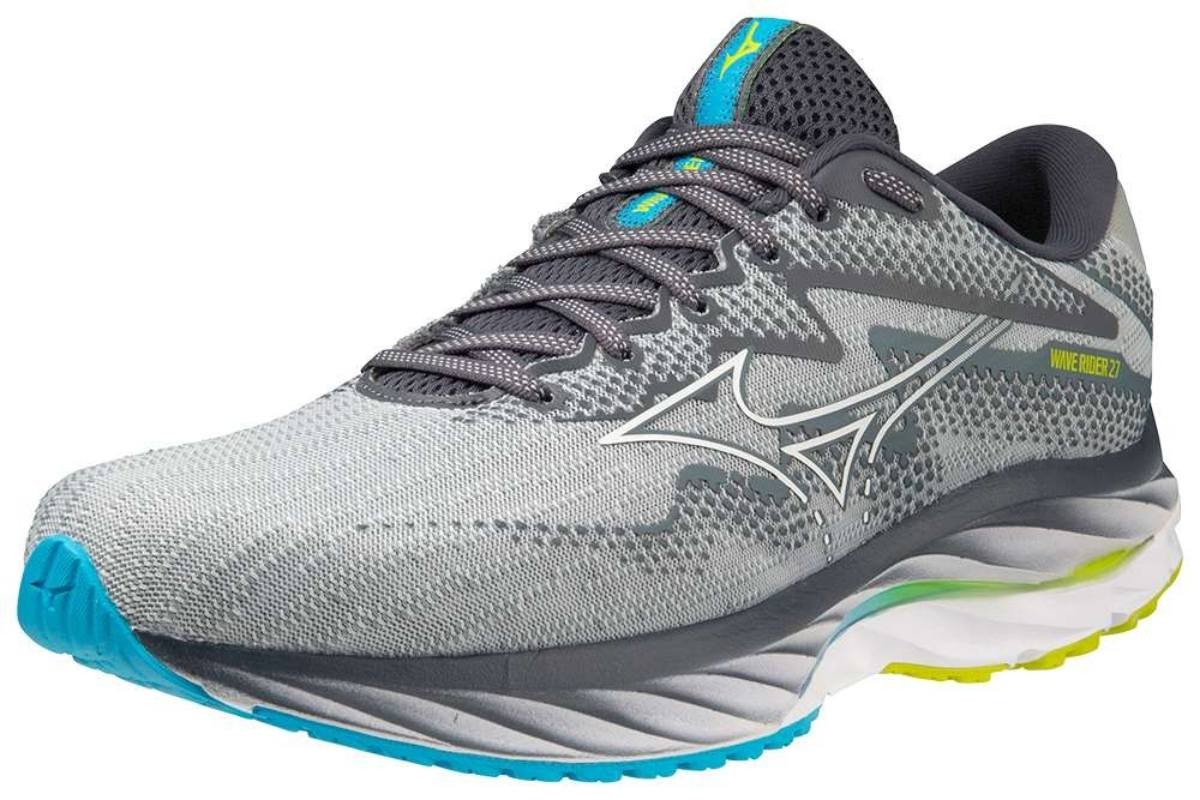
Check the upper for tears, fraying or excessively stretched areas. These defects compromise protection and support, affecting stability during running.
- Elasticity and fit: Evaluate whether the material has lost elasticity or firmness. An upper that does not maintain its original shape can cause fit problems, which in turn affects running biomechanics.
4. Relationship between stride type and wear zones
Each type of stride (pronator, supinator, neutral) has a different impact on shoe wear. Understanding your own footprint will help you identify specific wear areas and help you choose shoes that best fit your biomechanical needs.
5. Internal wear: What you can't see
- Insole wear: The insole is one of the first parts to show signs of wear. Often made of foam materials, it can lose its shape, flatten or even break down with constant use. This not only reduces comfort but also affects alignment and pressure distribution on the foot.
- Lining integrity: The inner lining, especially around the heel and under the tongue, can wear out due to continuous friction. A worn lining can cause skin irritation, decrease support and alter the fit of the shoe.
- Reinforcements and support technologies: Many shoes include internal support technologies, such as shanks or arch reinforcements. Evaluate whether these structures maintain their integrity, as a weakening can affect stability and weight distribution.
6. Optimal time to change
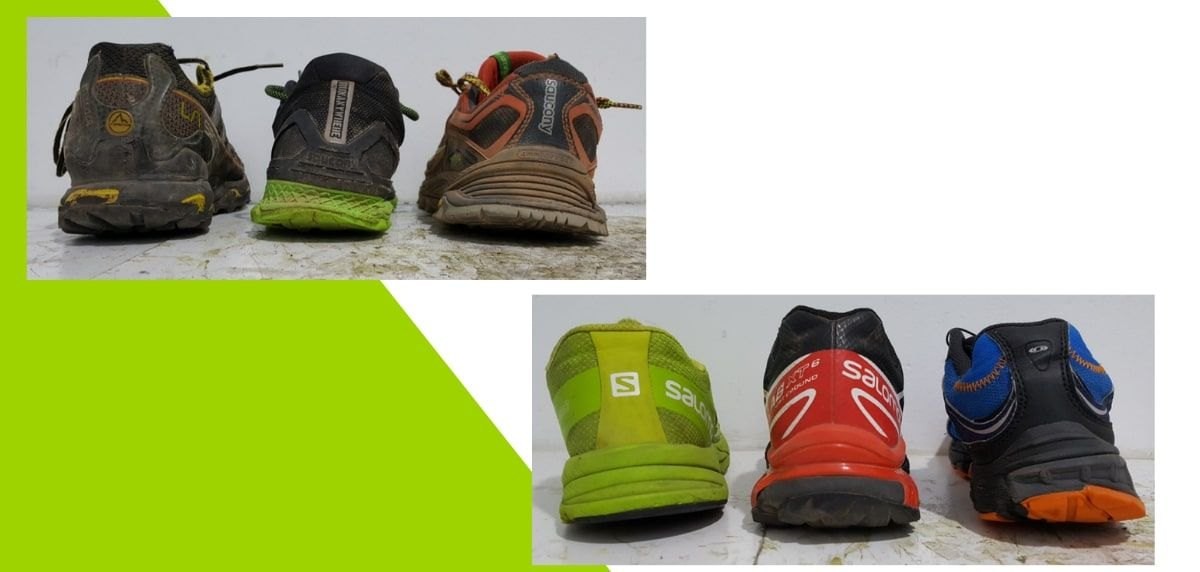
Although mileage is a very useful indicator when changing shoes, the decision to replace shoes should also be based on comfort and responsiveness. Fatigue or discomfort during a run can be clear signs that it's time for a change. So a good way to decide to change is the sum of factors: sole wear, midsole hardness, insole deformity or loss of running comfort.
7. External factors and their influence
Factors such as the type of terrain we run on, temperature changes and humidity also accelerate shoes wear. In addition, the runner's weight and running style also influence how and when shoes wear out.
- Bad news: The heavier the runner's weight, the greater the acceleration of midsole degradation. Because of the greater stress on the materials, a heavier runner's shoes may have a shorter lifespan. While a shoe may last between 600 to 800 kilometers for a 70-kilogram runner, for a 90-kilogram runner, this figure may be around 500 kilometers.
8. Scientific basis for the durability of a running shoe

According to a study byFootwear Science, it is suggested that the durability of high-quality running shoes can exceed 8000-1000 kilometers under optimal conditions. This is crucial to understand that durability varies significantly depending on the quality of the shoe, the conditions of use, the weight and the type of tread of the runner.
At RUNNEA, we provide information based on our experience to help you make the right decisions when choosing the right running shoes for you.
Read more news about: Running News



